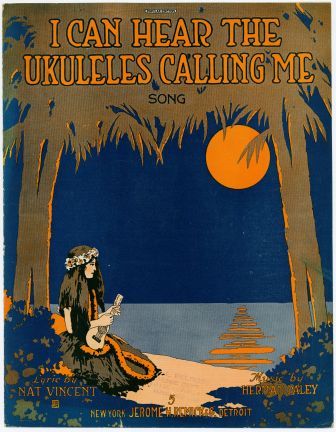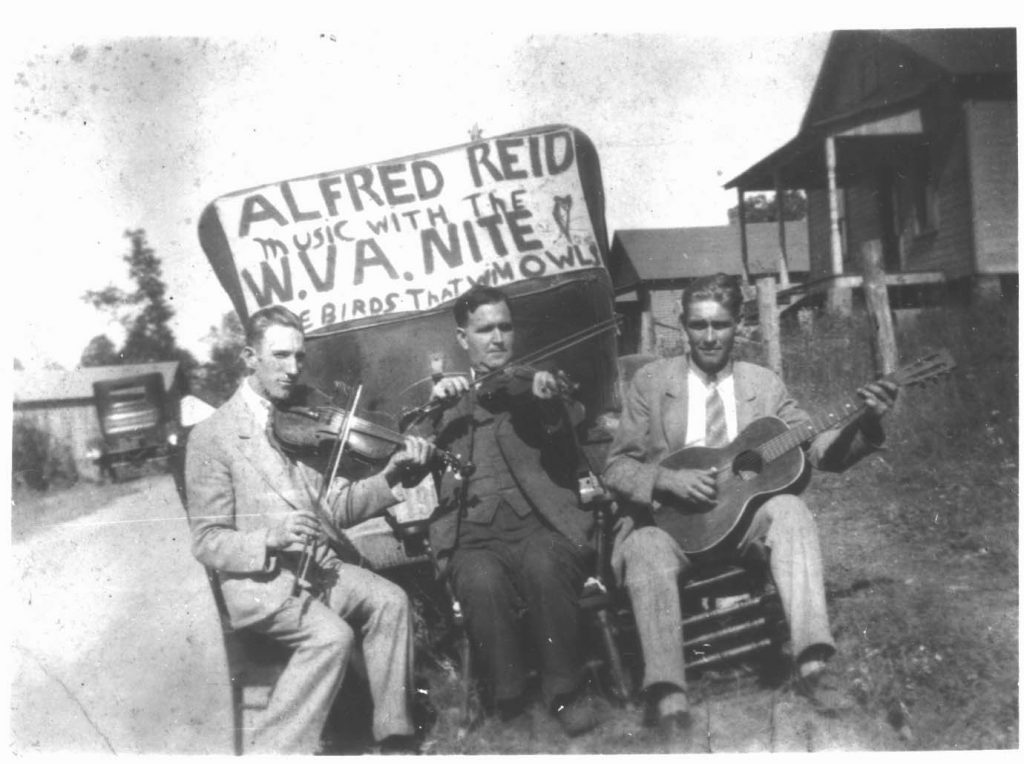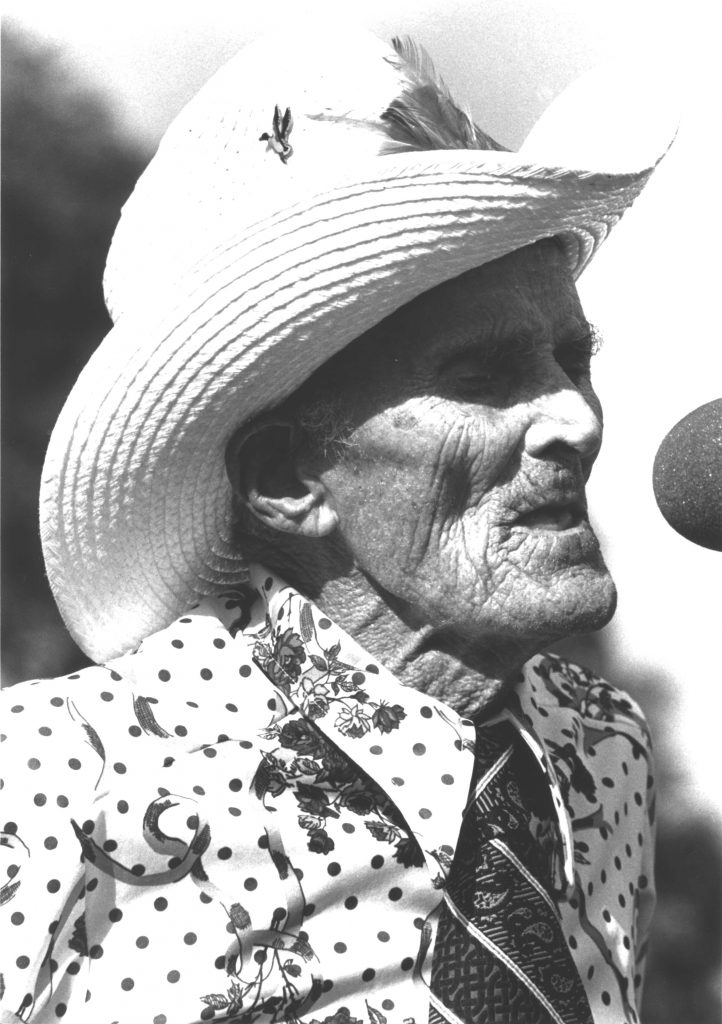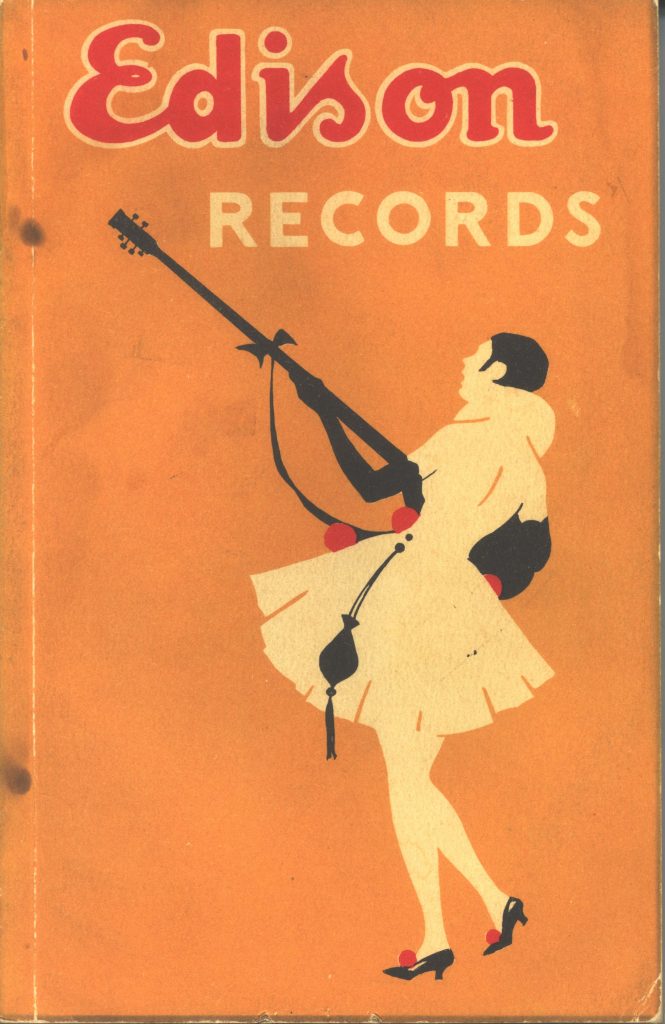 On October 22, 1934, the notorious bank robber Charles Arthur “Pretty Boy” Floyd was gunned down by the FBI on farmland outside of East Liverpool, Ohio. Floyd’s decade long career of daring bank robberies and prison escapes had made him both J. Edgar Hoover’s “Public Enemy No. 1” and a genuine folk hero, especially amongst his fellow Oklahomans, hard hit by the Depression and with little sympathy for the banks.
On October 22, 1934, the notorious bank robber Charles Arthur “Pretty Boy” Floyd was gunned down by the FBI on farmland outside of East Liverpool, Ohio. Floyd’s decade long career of daring bank robberies and prison escapes had made him both J. Edgar Hoover’s “Public Enemy No. 1” and a genuine folk hero, especially amongst his fellow Oklahomans, hard hit by the Depression and with little sympathy for the banks.
One of those fellow Oklahomans was of course Woody Guthrie, who helped burnish Floyd’s posthumous reputation with his 1939 recording “Pretty Boy Floyd”, casting the outlaw as a modern-day Robin Hood. The song would be further popularized through covers by Joan Baez, Pete Seeger, and the Byrds.
Woody Guthrie – Pretty Boy Floyd
(Clip from SFC CD-827)
While Guthrie’s song is certainly the most well known “Pretty Boy Floyd”, the first may have been the “Pretty Boy Floyd” written by Bob Miller and recorded by Ray Whitley on October 27, 1934, less than a week after Floyd was killed. As you can hear from the clip below, it puts the focus less on the outlaw’s humanitarian pursuits and more on his cross country string of homicides.
Ray Whitley – Pretty Boy Floyd
(Clip from SFC 78-9780)
Photo of the Week: Thelonious Monk
Thelonious Monk, photographed by Robert Bolton at the Atlanta Jazz Festival, May 1966. From the Robert Bolton Collection.
"Seeing Sound" Exhibit, Oct. 12, 2009 – Jan. 4, 2010
Before the widespread availability of recordings and record players, music publishers relied on visual representations to inform and entice consumers to buy sheet music of popular songs. The illustrator had to convey both the subject matter and the mood of a song, essentially capturing the sound of music in a single painting or drawing.
From October 12 to January 4, the Southern Folklife Collection will be hosting the exhibit Seeing Sound: Sheet Music Illustration From 1890 To 1940, featuring sheet music illustrations from the Eugene Earle Collection. The exhibit will be held on the 4th floor of the Wilson Library and is free and open to the public (9:00 AM – 5:00 PM Mon.-Fri., 9:00 AM – 1:00 PM on Sat.).
Photo of the Week: Blind Alfred Reed
Fiddler Blind Alfred Reed (center) with his West Virginia Nite Owls. Undated photograph, ca. late 1920s. From the Guthrie T. Meade Collection.
Jewish-Irish Collaborations in Tin Pan Alley: A Program with Mick Moloney
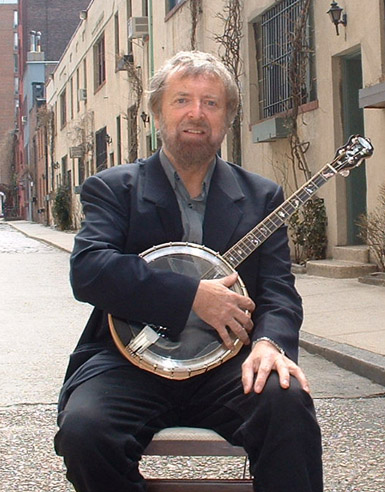 The SFC will welcome folklorist and musician Mick Moloney this Thursday, October 8, in Wilson Library’s Pleasants Family Assembly Room, for a multimedia musical presentation on the connections between Jewish and Irish musicians and lyricists in Tin Pan Alley.
The SFC will welcome folklorist and musician Mick Moloney this Thursday, October 8, in Wilson Library’s Pleasants Family Assembly Room, for a multimedia musical presentation on the connections between Jewish and Irish musicians and lyricists in Tin Pan Alley.
Mick Moloney has recorded and produced over forty albums of traditional music, and is the author of Far From the Shamrock Shore: The Story of Irish American Immigration Through Song. He currently teaches in the Irish Studies Program at New York University.
His most recent album, If It Wasn’t for the Irish and the Jews, was released September 15 on Compass Records.
The event is free and open to the public. Please join us!
Thursday, October 8, 2009
Reception at 5:00 pm, program at 6:00 pm
Pleasants Family Assembly Room (2nd Floor, Wilson Library, UNC Chapel Hill)
We are co-sponsoring this event with UNC-Chapel Hill’s Center for the Study of the American South, American Studies Dept., Carolina Center for Jewish Studies, and the Friends of the Library.
Photo of the Week: Nimrod Workman
Singer and coal miner Nimrod Workman, performing at the 1985 Tennessee Grassroots Days festival in Nashville. Photo by David Hildebrand, from the Southern Folk Cultural Revival Project Collection.
A Happy Birthday to Gene Autry
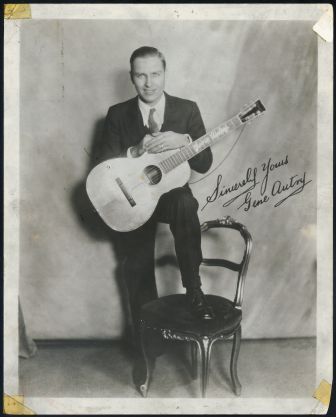 On this date 102 years ago Gene Autry, “The Singing Cowboy”, was born in Tioga Springs, Texas. While perhaps best remembered today as a movie cowboy and the singer of holiday classics like “Rudolph the Red-Nosed Reindeer” and “Here Comes Santa Claus”, Autry’s success began in the early thirties as “The Oklahoma Yodeling Cowboy”, singing country songs in the style of Jimmie Rodgers, as you can hear in this clip of “The Cowboy Yodel”, from the Bear Family box set That Silver Haired Daddy of Mine (SFC CD-6008), collecting his 1929-1933 recordings: Cowboy Yodel
On this date 102 years ago Gene Autry, “The Singing Cowboy”, was born in Tioga Springs, Texas. While perhaps best remembered today as a movie cowboy and the singer of holiday classics like “Rudolph the Red-Nosed Reindeer” and “Here Comes Santa Claus”, Autry’s success began in the early thirties as “The Oklahoma Yodeling Cowboy”, singing country songs in the style of Jimmie Rodgers, as you can hear in this clip of “The Cowboy Yodel”, from the Bear Family box set That Silver Haired Daddy of Mine (SFC CD-6008), collecting his 1929-1933 recordings: Cowboy Yodel
By the time of his death at the age of 91, the former railroad station telegraph operator who sang “I have no cares like millionaires/ no grief to make me blue” had gone on to become one of the richest men in America, the owner of radio stations, Hollywood production studios, and a major league baseball team.
Additional Gene Autry recordings and material can be found in the SFC 78 rpm Recordings Database, the SFC Song Folio Collection (above), and the Library catalog.
Photo of the Week: Mance Lipscomb
 Texas blues singer Mance Lipscomb at the 1970 Beloit Blues Festival, “showing off guitar set into dentures”. From the Archie Green Collection.
Texas blues singer Mance Lipscomb at the 1970 Beloit Blues Festival, “showing off guitar set into dentures”. From the Archie Green Collection.
Edison Records Catalog
It seems that the recording industry’s habit of exaggerating the sound quality of their wares is as old as the recording industry itself. The claims made in this lovely ca. 1928 Edison Records catalog, found in the Eugene Earle Collection, make one wonder how further advances in audio technology could possibly have been made:
To the person who requires music in the most perfect obtainable form, Edison Records have a unique appeal… A special process of recording, developed by Thomas A. Edison, father of the phonograph, is so successful in catching every shade and inflection of the voice or instrument that it preserves ALL the characteristics of the original performance; then, when the record is played, it Re-Creates the music note-for-note and word-for-word with such uncanny fidelity to the original as to baffle skilled musicians and critics; they are unable to distinguish the Artist’s own performance from the Edison Re-Creation of it… Distinguished artists have sung or played in direct comparison to their Edison recordings, and have shown by actual test that “there is no difference”.
Photo of the Week: Mary Travers
 Mary Travers, of Peter, Paul & Mary (undated, 1960s).
Mary Travers, of Peter, Paul & Mary (undated, 1960s).


